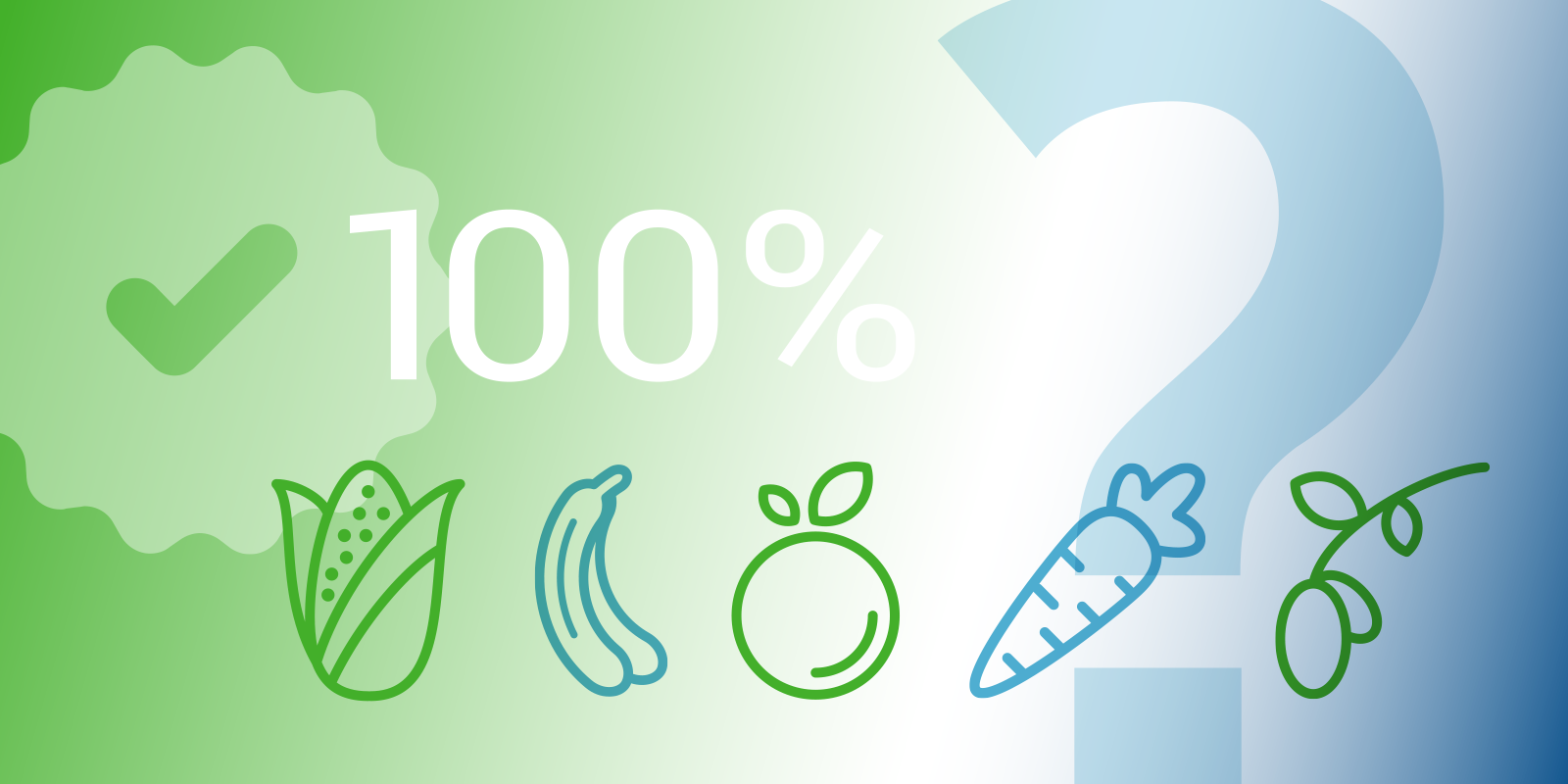
It’s only natural to be confused about naturals
Posted By:
Trace One

We’ve spent some time talking about the challenges and best practices for Regulatory Affairs, and none summarize those concepts better than natural claims in food.
“Natural” is one of the food industry’s favorite marketing and development trends, especially in the United States, where consumers equate recognizable ingredients to a healthier product.
There’s a lot of confusion around natural claims, including the difference between natural products and natural ingredients. This not only includes positive claims, like “100% natural ingredients”, but also negative, such as “Free from artificial colors and flavors”.
With no standard definition between consumers, governments, and producers, manufacturers should carefully assess how and where they’re using claims in order to avoid risks, including possible litigation.
Can’t we just pick a definition and stick with it?
As we’ve already mentioned, there’s no unique definition for naturals, and in some ways, this is a good thing as it would be limiting to the food industry. Regardless, the general consensus across Regulatory Affairs professionals is that consumer expectation will drive the understanding of what “natural” means.
Still, in different regions and with different products, there’s enough gray area to create some frustrations.
A natural dairy product is typically defined as derived only from milk, for example, but consumers also know natural yogurt as a plain, unflavored yogurt that’s free from other ingredients, additives, or colors.
The best approach is to be analytical, not just holistic. When considering a natural claim, you have to look at more than just the regulations.
Three factors to look at include claims about the product, positive claims about the ingredients, and claims about what’s not in the ingredients.
Mislabeling naturals is a risky business
Of course, depending on the regulatory environment, all three of these factors will be treated differently.
For example, in the United States, where there is no official definition of “natural”, the FDA considers “natural” to be “nothing artificial or synthetic (including all color additives regardless of source) has been included in, or has been added to, a food that would not normally be expected to be in that food.” If beet powder, a natural ingredient, is used to color a food, the product is no longer natural.
This also extends to processing, where any ingredient that has more than minimal processing—washing, peeling, and chopping—is no longer considered natural.
Knowing how various regions use these terms reduces risks and helps Regulatory Affairs document their justifications.
Compliance professionals should look at how natural food, ingredients, and additives are being used in the market. If similar products can or cannot make the claim, that should factor into your decision.
Equally, if a claim has already been subject to litigation due to abuse, manufacturers and Regulatory Affairs should analyze consumer expectation and contingent factors from there.
Technology is a natural solution
When you make any claim with a product, you must weigh it against the real market environment. Simultaneously, regulations will change and be updated to protect the consumer. Each revision and iteration restrict the usage of terms, making natural claims more complex and confusing for professionals.
To protect consumers and companies, Regulatory Affairs should always rely on tools to substantiate claims. This includes clear documentation of justifications in a well-supported dossier with references.
Having access to solutions that can substantiate claims keeps you in a ready state and sets your organization up for success.
Trace One's Trace One Regulatory Compliance can track regulations, food news, specific ingredients, and can give you compliance information for individual regions. By understanding the requirements you need to follow, including production steps, you can easily document why a food or ingredient is worthy of being labelled as “natural”.
Trace One’s solutions are built with the ability to mark favorites, share items with colleagues, and annotate artifacts with comments. This transforms Trace One Regulatory Compliance into a living environment where you have complete control of the decisions you’re supporting.
Getting some natural clarity
The panorama is vast, fast, and always changing.
It’s important to monitor regulation constantly and thoroughly. To do this, you’ll need access to documents and supplemental materials to justify any claims you make, whether they relate to natural products, ingredients, or some other communication.
Consumers will dictate a lot of the market guidance, as will authorities and third-party standards. Performing a proper risk assessment of a claim means accounting for the current trends in each of these spaces, understanding how and where you’re using the claim, and validating your decision with research.
Using technology like Trace One Regulatory Compliance gives you a single source of truth for current regulatory and market information.